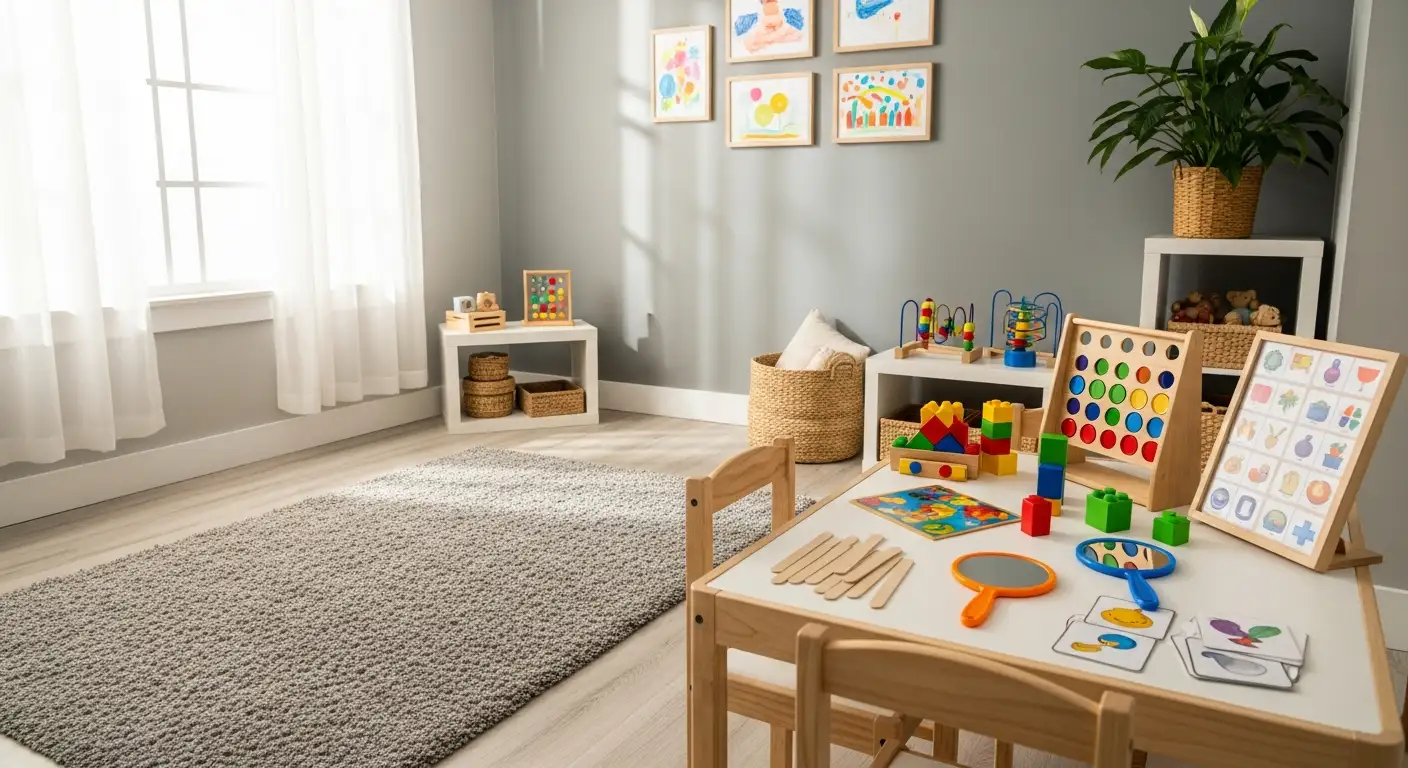Understanding the Importance of Sensory and Behavioral Interventions in Autism Support
Children with autism often encounter sensory processing challenges that impact their daily lives, learning, and social interactions. Therapeutic interventions tailored to address these sensory needs are vital components of comprehensive autism support. Among these, sensory-based therapies such as Sensory Integration Therapy, sensory diets, and play therapy are increasingly used to promote better sensory regulation and functional outcomes. This article explores the principles, techniques, and evidence behind these approaches, shedding light on how they can help children thrive alongside their families and caregivers.
An Overview of Sensory Processing Challenges in Autism
What is the neurobiological basis of sensory processing issues in children with autism?
Children with autism often experience significant sensory processing challenges that are rooted in differences within the brain's structure and functioning. These issues involve multiple areas responsible for sensory perception, including the sensory cortex, thalamus, and various specialized sensory pathways such as auditory, visual, tactile, vestibular, olfactory, and gustatory systems.
Research indicates that these differences are characterized by atypical neural responses and altered organization of cortical regions. Disrupted neural circuitry and abnormal connectivity between sensory areas and higher brain regions necessary for integrating sensory information further impair processing and response.
Several biological factors contribute to these differences. Atypical synaptic pruning during brain development, which affects neural efficiency, may lead to heightened or diminished sensitivity to stimuli. Imbalances between excitatory and inhibitory neurotransmission — especially involving GABA, the primary inhibitory neurotransmitter — are also implicated. Additionally, altered neuronal migration and development contribute to disorganized brain architecture.
These neurobiological variations result in difficulties filtering, modulating, and integrating sensory stimuli, causing children with autism to react intensely or insufficiently to their environments. This can lead to sensory overload or under-responsiveness, impacting daily functioning, learning, and social interactions.
In summary, the sensory processing issues observed in autism stem from complex changes in brain structure and connectivity, which underline many of the behavioral and perceptual challenges faced by affected children.
Understanding Sensory Integration Therapy: Principles and Development
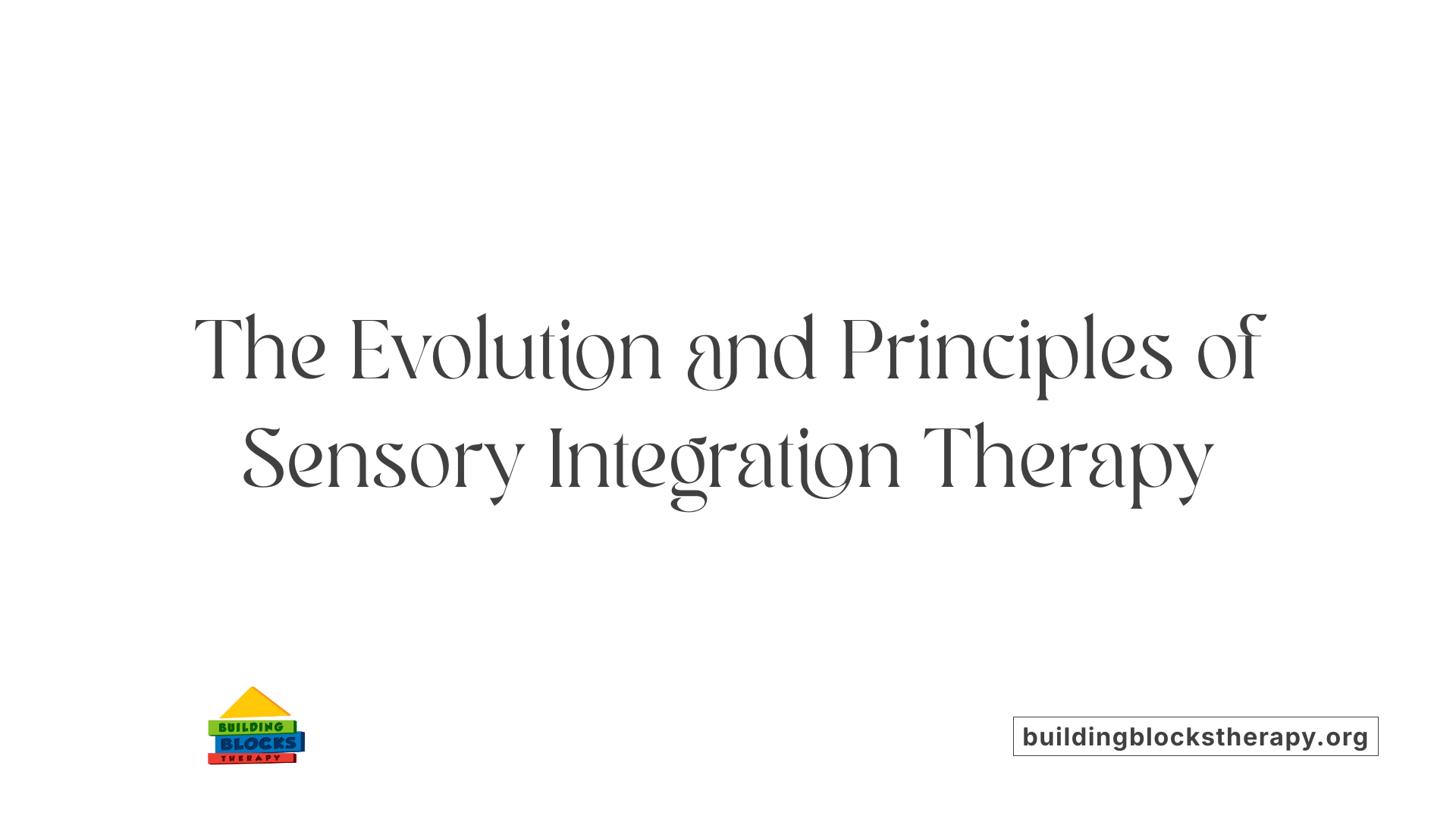
What is the history and development of sensory integration therapy?
Sensory integration therapy (SIT) was developed by A. Jean Ayres in the late 1970s. Rooted in the belief that difficulties with sensory processing impact daily functioning and learning, the therapy originated from Ayres' research on sensory processing disorders. She proposed that providing specific sensory experiences could help improve how the brain interprets and reacts to sensory stimuli.
Initially, SIT was designed to address the sensory processing challenges faced by children, particularly those with autism spectrum disorder (ASD). Over the decades, it has evolved into a prominent occupational therapy approach aimed at promoting better sensory integration and functional responses.
What are the core principles and goals of treatment?
The fundamental principle of sensory integration therapy involves using play-based, child-directed activities to gently challenge the child's sensory system. Activities like swinging, bouncing, crawling, and tactile play are tailored to each child's specific sensory sensitivities. The aim is to enhance the brain's ability to process sensory input more efficiently.
Goals of SIT include reducing sensory sensitivities and seeking behaviors, improving attention and focus, supporting motor development, and encouraging adaptive responses to sensory stimuli. The therapy seeks to help children better manage overwhelming stimuli and participate more fully in daily activities.
How does sensory integration therapy address sensory dysfunction?
Children with ASD often experience an imbalance in sensory responses, such as being overreactive or underreactive to particular stimuli. For example, some may be sensitive to textures or loud noises, while others seek intense movement or chew objects excessively.
SIT evaluates these sensitivities through tests, observations, and interviews, then designs individualized activities to target specific sensory issues. These activities stimulate vestibular, tactile, and proprioceptive systems, encouraging the brain to organize sensory information more effectively.
While research supporting SIT has some limitations, such as small sample sizes and lack of long-term follow-up, studies suggest it can lead to improvements in adaptive skills and reduce problematic behaviors. However, more high-quality research is needed to confirm its long-term effectiveness and optimize intervention strategies.
Examples of sensory-based interventions for children with autism
Some common sensory strategies include:
- Sensory integration therapy activities like swinging, crawling through tunnels, and tactile play.
- Auditory techniques such as listening to filtered music or sound therapy.
- Tactile methods, including massage and deep-pressure touch.
- Use of weighted vests, sensory diets, and adaptive seating arrangements.
These interventions aim to help children regulate their sensory responses, improve focus, and develop motor skills. Although they show promise, the current evidence underscores the need for further research to establish optimal practices and effectiveness.
Techniques and Activities in Sensory Integration Therapy
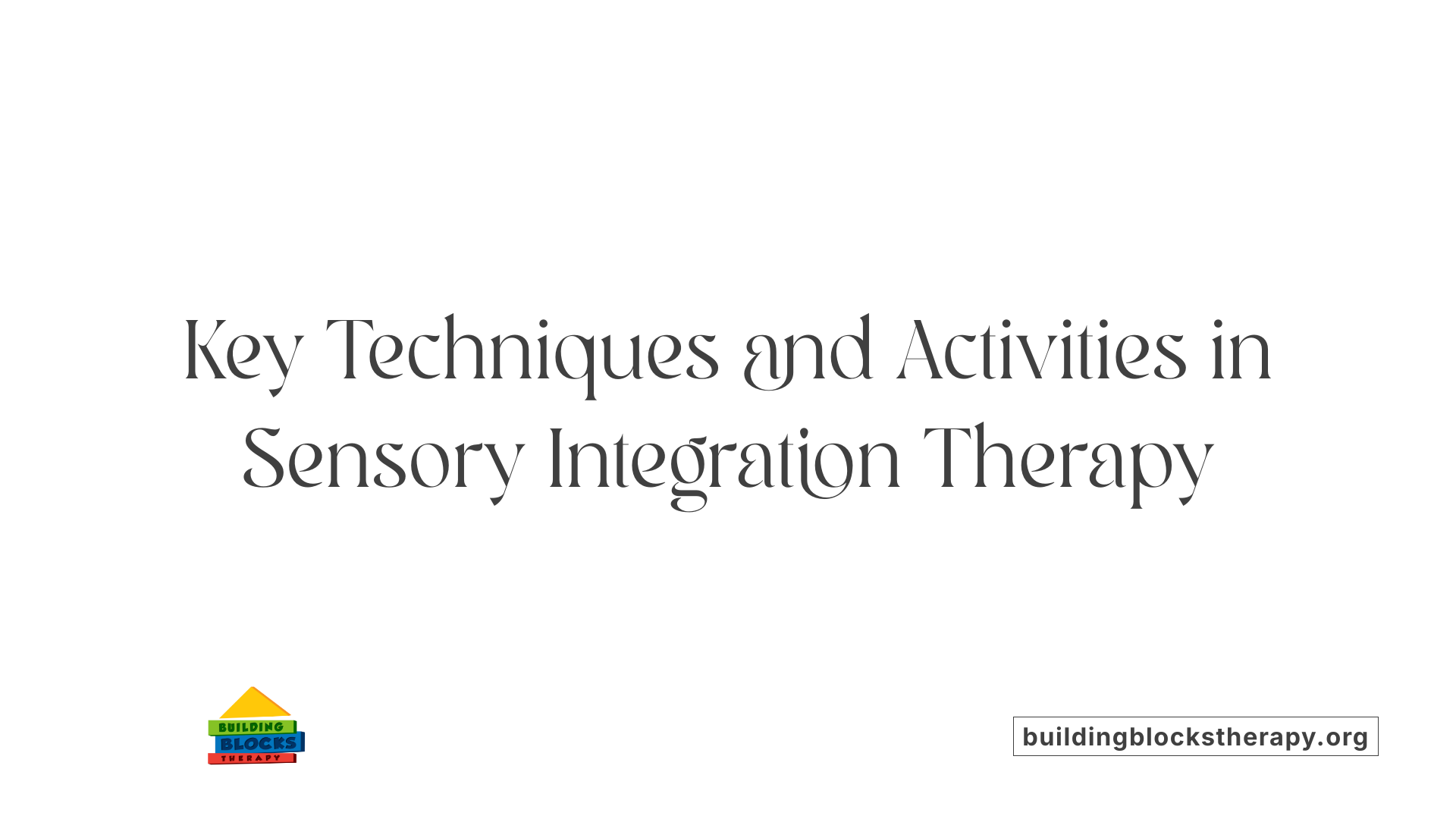
What techniques are used in sensory integration therapy for children with autism?
Sensory integration therapy (SIT) employs a variety of play-based sensory-motor activities designed to help children with autism process sensory information more efficiently. These techniques are carefully selected to stimulate the child's tactile, vestibular, and proprioceptive systems, which are crucial for sensory processing.
Common activities include swinging, bouncing on therapy balls, crawling through tunnels, and playing on textured surfaces. These activities aim to give the child sensory input in a controlled, enjoyable manner that fosters better sensory integration.
The therapy emphasizes engaging children at the 'just-right' challenge, which means providing activities that are neither too difficult nor too simple. This balance helps maintain motivation and optimizes learning and adaptation.
Occupational therapists trained in sensory integration principles typically guide these activities. They assess each child's sensitivities and needs to tailor interventions accordingly.
In addition to structured play activities, sensory equipment plays a vital role. Tools such as weighted vests, swing sets, therapy balls, and tactile materials are used to provide consistent sensory input.
Incorporating sensory diet strategies — like using calm spaces, deep-pressure techniques, or weighted items — complements the therapy sessions. These strategies help children self-regulate and tolerate sensory stimuli better.
While some research indicates that these techniques can improve functional responses and behaviors, current evidence remains limited and of low quality. Therefore, techniques should be personalized and integrated into a broader therapeutic approach.
The Neurobiology Underlying Sensory Processing Difficulties in Autism
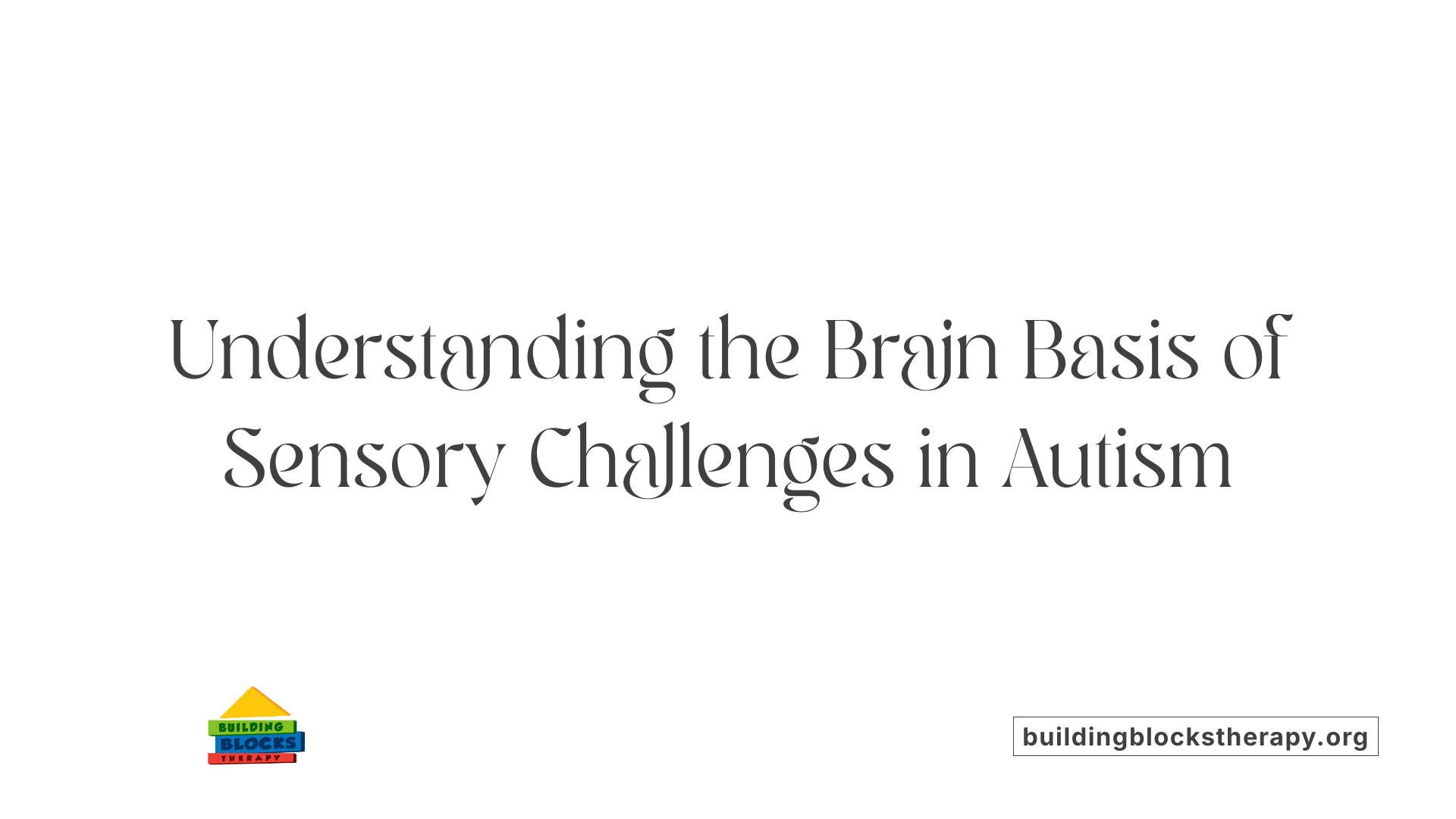
What is the neurobiological basis of sensory processing issues in children with autism?
Children with autism often experience significant sensory processing differences, which are rooted in specific neurobiological factors. These differences involve structural and functional variations in various brain regions responsible for processing sensory information.
The primary areas affected include the sensory cortex, thalamus, and specialized sensory pathways such as auditory, visual, tactile, vestibular, olfactory, and gustatory systems. Variations in these regions can alter how sensory signals are received, interpreted, and integrated.
Research shows that neural responses to sensory stimuli are often atypical in children with autism. This includes abnormal cortical organization and disrupted neural circuitry, which impact sensory perception and modulation. For example, some children may have heightened sensitivity due to increased excitatory activity, while others might show diminished responses, linked to inhibitory system deficits.
Key neurobiological processes contributing to these sensory issues involve atypical synaptic pruning—a process by which neural connections are refined during development. In autism, this process may be irregular, leading to either excessive or insufficient neural connections. Moreover, an imbalance between excitatory and inhibitory neurotransmitters, particularly involving GABAergic signaling, has been identified. This imbalance impacts how sensory information is filtered and responded to.
Altered neuronal migration during brain development can also contribute, resulting in abnormal wiring and connectivity between sensorimotor regions and higher-order association areas. These connectivity issues are crucial, as they hinder the brain's ability to effectively coordinate and interpret sensory inputs.
Collectively, these neurobiological alterations result in the characteristic hyper- or hypo-reactivity to sensory stimuli seen in autism. Such sensitivity variations can interfere with everyday functioning, learning, and social interaction across different stages of life.
Implications for therapy and intervention
Understanding these brain-based differences emphasizes the importance of tailored sensory interventions. Therapies like sensory integration therapy aim to modify sensory processing by engaging neuroplasticity, encouraging more typical connectivity and response patterns. Advances in neuroscience continue to inform the development of targeted approaches, seeking to improve sensory modulation and overall functioning in children with autism.
Supporting Children: The Roles of Occupational, Speech, and Play Therapies

How do occupational therapy, speech-language therapy, and play therapy support sensory needs in children with autism?
Children with autism often experience difficulties in processing sensory input, which can affect their behavior, communication, and daily functioning. To address these challenges, a combination of therapies like occupational therapy, speech-language therapy, and play therapy are often employed.
Occupational therapists (OTs) primarily focus on helping children manage sensory modulation issues. They use techniques such as Sensory Integration Therapy, which involves activities like swinging, bouncing, crawling through tunnels, and playing with textured materials. These activities are designed to improve the child's ability to filter and respond appropriately to sensory stimuli, thereby reducing sensory overload and promoting better regulation of their responses.
Speech therapy, delivered by speech-language pathologists (SLPs), plays a significant role in addressing sensory-related communication challenges. Many children with autism struggle to process auditory input, which can hinder speech and language development. SLPs help children develop better auditory processing skills and use visual tools like social stories and schedules to facilitate understanding. Improving sensory processing related to sound and speech makes communication more accessible and less overwhelming for the child.
Play therapy offers a unique and adaptable approach by using structured, sensory-rich play activities to foster social, emotional, and sensory development. Through activities such as sensory bins, obstacle courses, and expressive arts, children learn to manage their sensory responses while engaging socially with others. Play therapy provides a safe environment to practice self-regulation skills, improve focus, and build social interactions.
Although the scientific evidence supporting the long-term effectiveness of these therapies continues to develop, they are widely recognized as beneficial in helping children with autism navigate their sensory worlds more comfortably. By tailoring activities to each child's specific sensory profile, these therapies support better participation at home, school, and in social settings.
Recent Research and Future Directions in Sensory Therapy for Autism
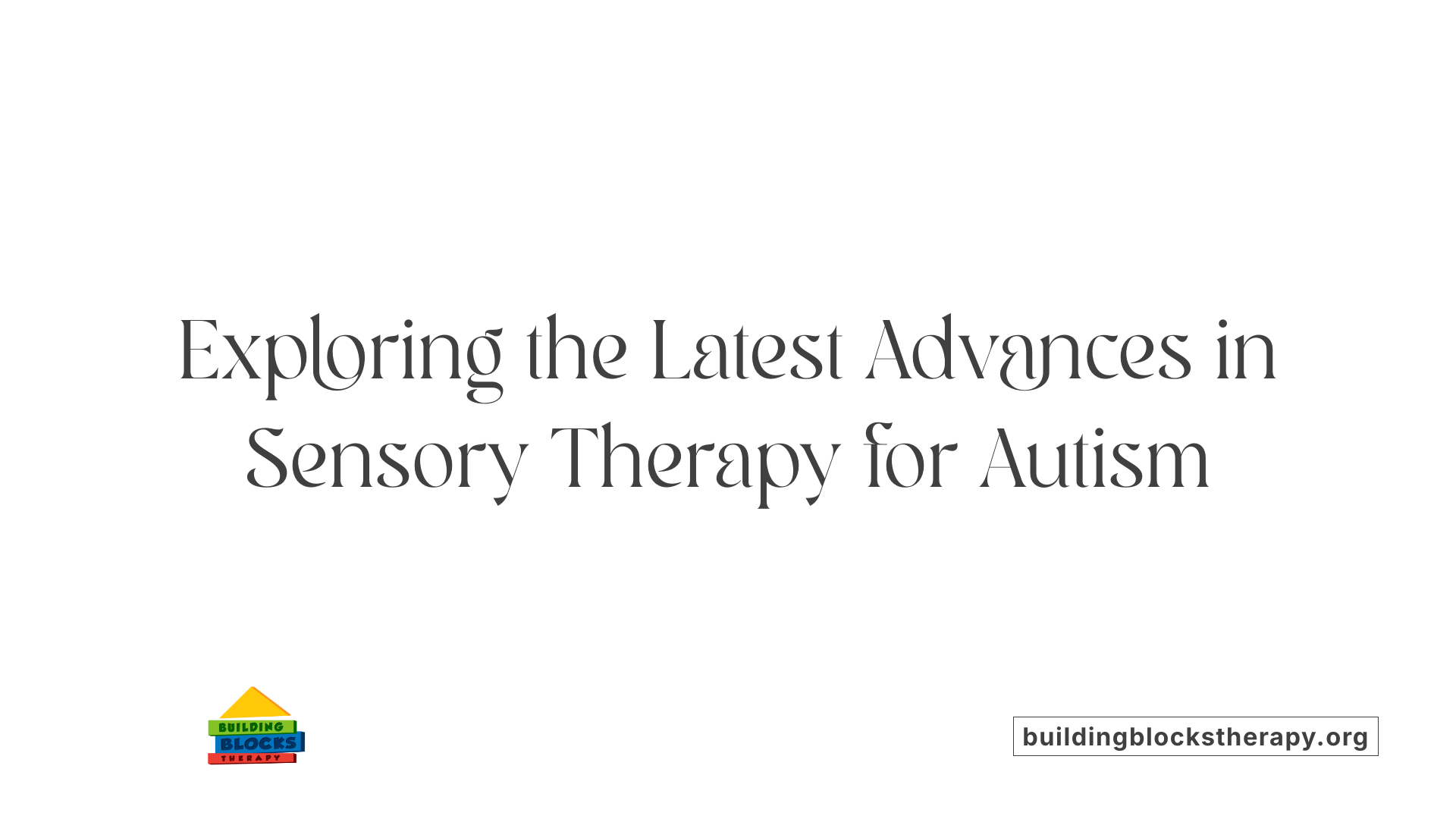
What does recent research say about the effectiveness of therapeutic interventions for sensory processing challenges in autism?
Recent studies highlight that some sensory-based interventions can positively influence children with autism, especially when delivered with high fidelity and individualized to their needs. Sensory integration therapy, including Ayres Sensory Integration® and related approaches, has moderate evidence supporting its ability to improve participation, social skills, and daily functions. Systematic reviews from 2013 to 2023 reveal that these therapies can reduce sensory-related behaviors and enhance quality of life.
However, not all interventions have consistent results. Approaches like auditory integration training and sensory diets show mixed or limited evidence for their effectiveness on core autism behaviors. Some research reports null findings or no significant benefits.
In summary, while there is support for sensory integration therapies, evidence varies across different techniques. Continued research aims to understand which methods work best, optimize delivery, and establish long-term benefits for children with autism. This ongoing investigation will help refine interventions, ensuring they provide meaningful improvements tailored to individual needs.
Empowering Through Knowledge and Support
Supporting children with autism through sensory-based therapies is an essential aspect of helping them reach their full potential. While the evidence base continues to develop, individualized approaches that incorporate play, movement, and sensory regulation strategies can significantly improve quality of life. Ongoing research and collaboration among professionals, families, and researchers are vital to advancing effective interventions and ensuring children with autism receive the support they deserve.
References
- Introduction - Sensory integration therapy for children with autism ...
- Sensory-Based Therapies | Kennedy Krieger Institute
- Sensory integration therapy & autism | Raising Children Network
- Sensory Integration in Autism Spectrum Disorders
- A Systematic Review of Sensory Interventions for Children With Autism
- Ten simple sensory strategies for autistic children
- Study finds sensory integration therapy benefits children with autism
- Sensory Strategies to Calm and Engage Children with Autism ...






